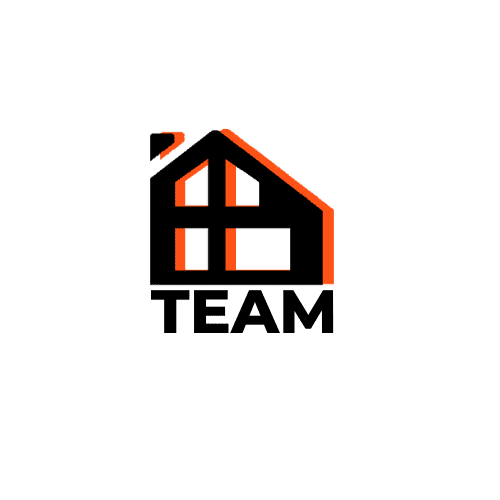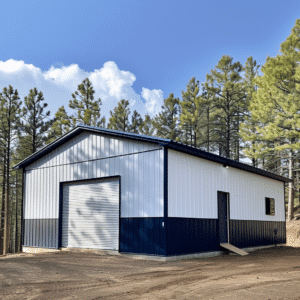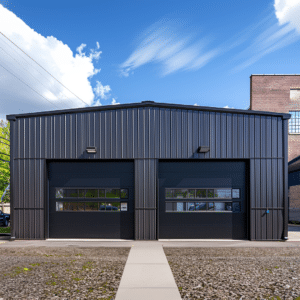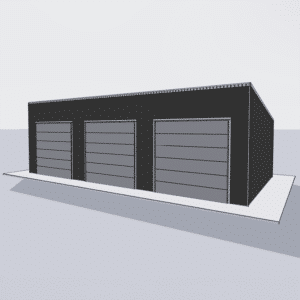In the heart of construction work zones, you often hear the hum of machinery, the clang of metal, and the distant churn of progress. But there’s another sound that’s equally vital to these sites — the voice of safety. “Why?”, you might ask. Because in the world of construction, safety isn’t just an add-on; it’s the foundation. Safety training for construction workers is more than just a checkbox; it’s the shield that protects our builders every day.
Stepping into steel-toed boots and hard hats, these workers brave heights and depths to create the structures we inhabit. But, as we delve into the invigorating world of steel buildings and construction site safety, it’s crucial to acknowledge our protective measures. How can we intertwine knowledge, preparedness, and action to form an impenetrable armor for our workforce?
Using our main keyword, “safety training for construction,” let me take you on a journey through the essential components of construction safety training and how it serves as a lifeline for workers in this ever-demanding industry.
Understanding the Imperative of Safety Training
Construction is like a chess game: each move counts, and each oversight could lead to a checkmate against safety. The importance of Canadian Centre for Occupational Health and Safety – Safety Training can’t be stressed enough. It prepares workers to anticipate dangers before they happen, rather like a weather forecast for potential disaster.
Safety training covers an enormous range of scenarios from machinery operation to working at heights. It’s the comprehensive umbrella under which workers learn about personal protective equipment, safety protocols, and regulations. It’s about responding swiftly and effectively in case of emergencies, like knowing the subtle techniques of First aid in construction.
Construction Safety Best Practices
Every industry has its own commandments — guidelines that keep things running smoothly and safely. For construction, these are akin to the North Star, guiding teams through the complex landscapes of worksite risks and safety regulations. Consider diving deeper with Construction safety best practices. These practices include equipment inspections, regular safety drills, and maintaining clear communication channels.
The Role of Comprehensive Safety Sessions
Workplaces resemble towns, bustling with dynamics and collaboration. And like any well-organized town, each member plays a pivotal role in its safety. It’s here that collaborative sessions make a difference. These comprehensive safety training sessions are akin to town hall meetings — they bring everyone together to convey crucial safety information. Discussions can revolve around potential hazards, emergency response strategies, and the nuances of staying vigilant.
Visualizing Training with Demonstrations
Interactive demonstrations during safety training sessions anchor theoretical knowledge into practice. Imagine being shown the correct way to harness a safety belt or the vital steps in using a fire extinguisher. It’s akin to learning to ride a bike — you’ll never forget once you’ve done it. Hands-on training is no different for understanding how to safely dismantle scaffolding or operate complex machinery.
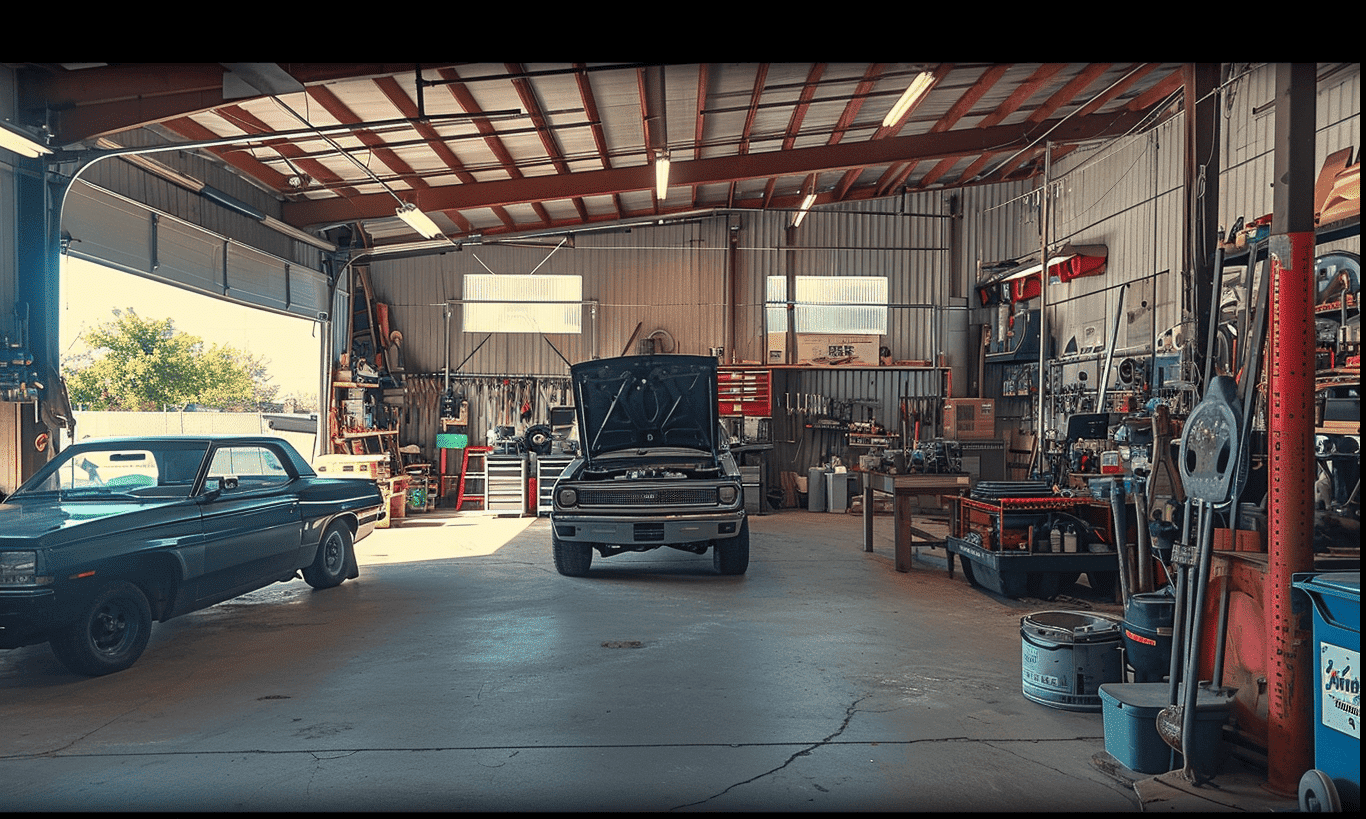
Technological Advancements in Safety Training
Using technology in safety training is like swapping an old roadmap for a GPS. It makes finding the destination — a safety-first mindset — easier, efficient, and thorough. Virtual reality (VR) and augmented reality (AR) tools have become prevalent in training programs, providing risk-free environments where workers can experience and respond to safety scenarios.
Imagine virtually stepping into a Your Building Team construction site, equipped with VR goggles, where you observe potential hazards and learn the nuances of risk assessment without setting foot on actual grounds.
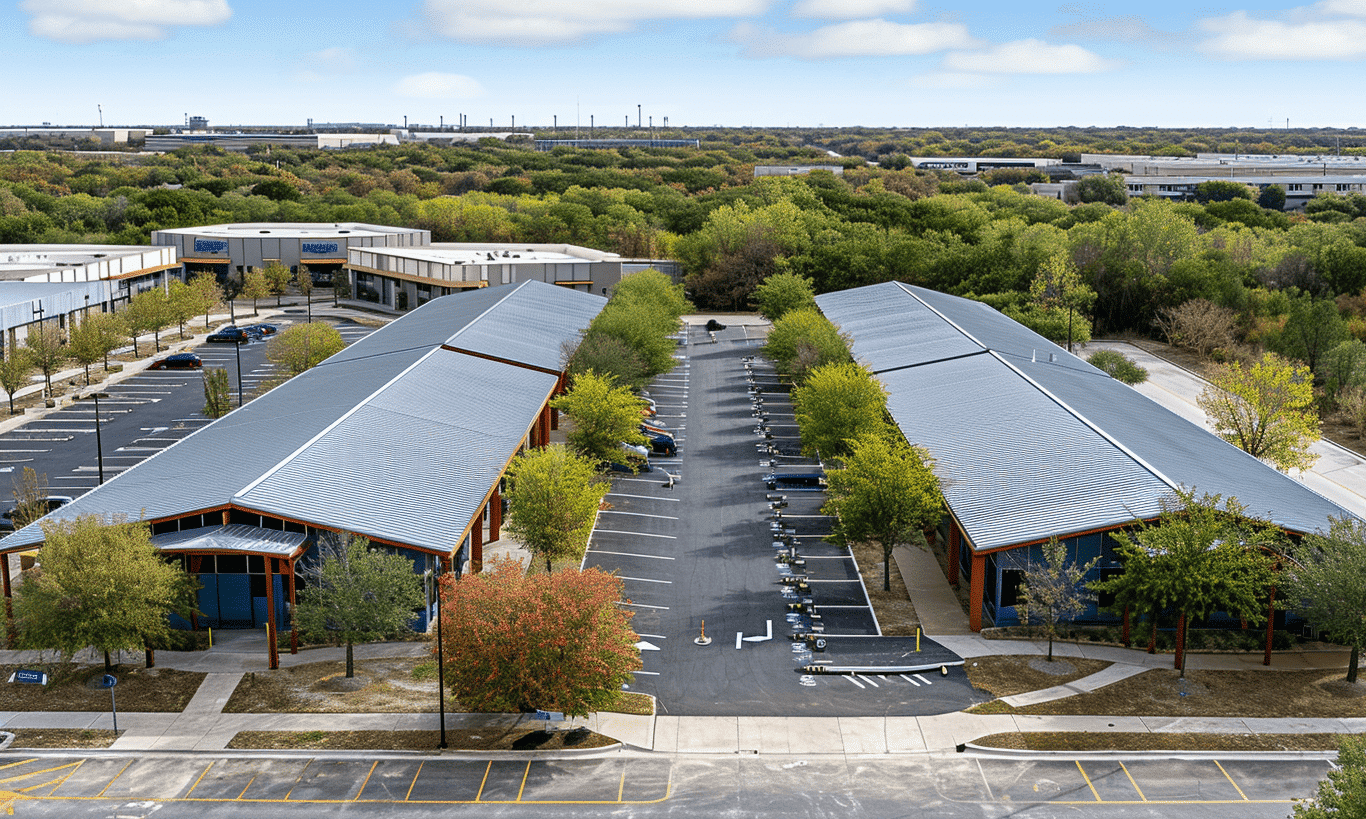
Versatile Software for Real-Time Updates
Implementing comprehensive software systems allows workers in real-time to receive updates on safety procedures and hazard alerts. These digital safety checklists and notifications are like the lifeline ropes that guide rock climbers, vital and indispensable. When paired with mobile apps, these systems ensure that whether a worker is on or off-site, they’re always informed.
Strengthening Safety with Real-World Case Studies
Imagine a scenario where safety came into play most critically — something akin to a ship weathering a storm with the safeguard of lifeboats. Real-world case studies present workers with tangible examples of how safety protocols can prevent disasters. Analysis of past incidents is not about hindsight wisdom; it’s about foresight application.
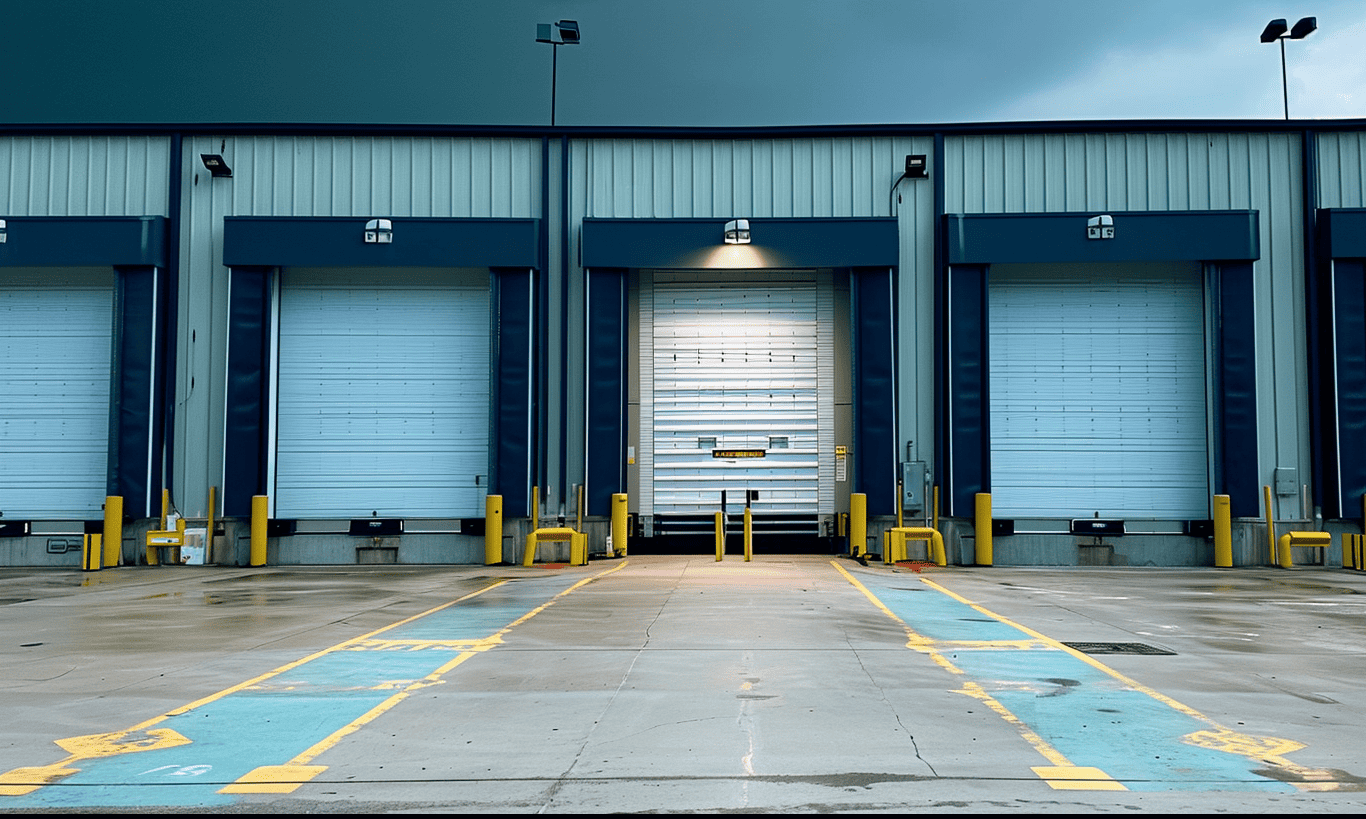
The Human Element: Cultivating a Safety-First Culture
Safety training can only be effective when every individual contributes to a culture that prioritizes safety. Think of safety culture as the invisible thread that connects every decision, action, and process on a construction site.
Workers should feel empowered to speak up about unsafe conditions without fear of reprisal. This is where leadership plays a crucial role by laying out clear expectations and ensuring Services reflect this commitment. Leaders act like shepherds guiding their flock, emphasizing vigilance and cultivating a shared value system focused on safety.
Continuous Learning and Improvement
Safety training is not a one-off event but a continuous journey, much like learning a new language. It requires consistent updates and refreshers to tackle newly emerging challenges.
Modern effective organizations establish periodic feedback mechanisms and learning assessments for ongoing improvement in safety practices. This cycle of feedback and enhancement ensures that workers are perpetually shielded by a robust layer of preparedness.
Conclusion: The Road Ahead
In the construction industry, safety training for construction is the backbone ensuring workers’ welfare and project success. With a commitment to understanding and implementing Your Building Team‘s principles and innovative solutions, the path to a safer work environment is well within reach.
As we look ahead into the future laden with advanced technologies and evolving construction methods, it becomes imperative that construction safety best practices and continuous education remain at the forefront. By doing so, we ensure that the voices of safety resound as clearly and persistently as the work they protect, harmonizing the tune of progress and protection.
